A-Plus Or A Failure: What Draft Grade Do Texans Get?
HOUSTON -- Houston Texans general manager Nick Caserio isn't pondering the internet looking at draft grades from his nine selections in the 2022 draft. He doesn't see the value in it since a prospect has yet to take the field at the professional level, stating how once a player leaves college, that chapter is done.
"I would say there's no additional pressure to hit on our picks. I don't know what that means," Caserio said Saturday. "Ultimately, the player's performance will dictate whether or not he is a good player, he is not a good player. If it doesn't work out, okay, we'll move on from that player and go find somebody else. That's our job."
He's right, though. Even if a prospect hits in Year 1, that's not enough to say if they're a star in the making. The same goes for a prospect who struggles. Third-round picks might outperform first-rounders, but one season won't determine the trajectory on their careers.
With that in mind, here's TexansDaily.com's draft grades for Houston and each prospect.
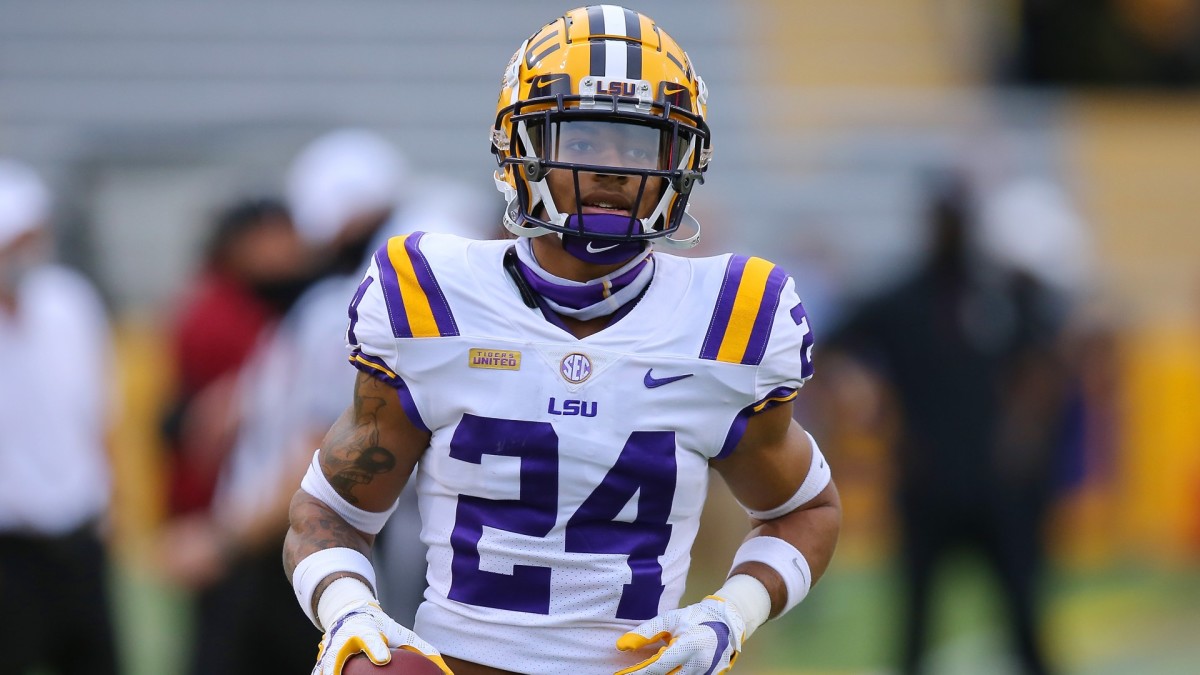
Round 1, No. 3: LSU CB Derek Stingley Jr.
Two years ago, an NFL GM said that Stingley would be the top-rated cornerback in the class if he were to declare. A year later, another GM uttered the same phase. Stingley waited until 2022, but both GMs were right on his status of top corner selected in the draft.
The Texans are betting on the upside with Stingley. He's played in just 10 games since 2019 and his overall production diminished in coverage after LSU won the national title. Then again, look at all the talent the Tigers lost? Not to mention the departure of Dave Aranda to Baylor didn't help the defensive scheme.
When Stingley is healthy, he's a premier outside cornerback that will use his instincts, footwork and vision to mirror receivers in both man and zone coverage. His IQ should allow him to translate to the outside in Lovie Smith's defense with ease. So long as his health doesn't hamper any playing time, Houston filled arguably its biggest defensive need.
Grade: A-
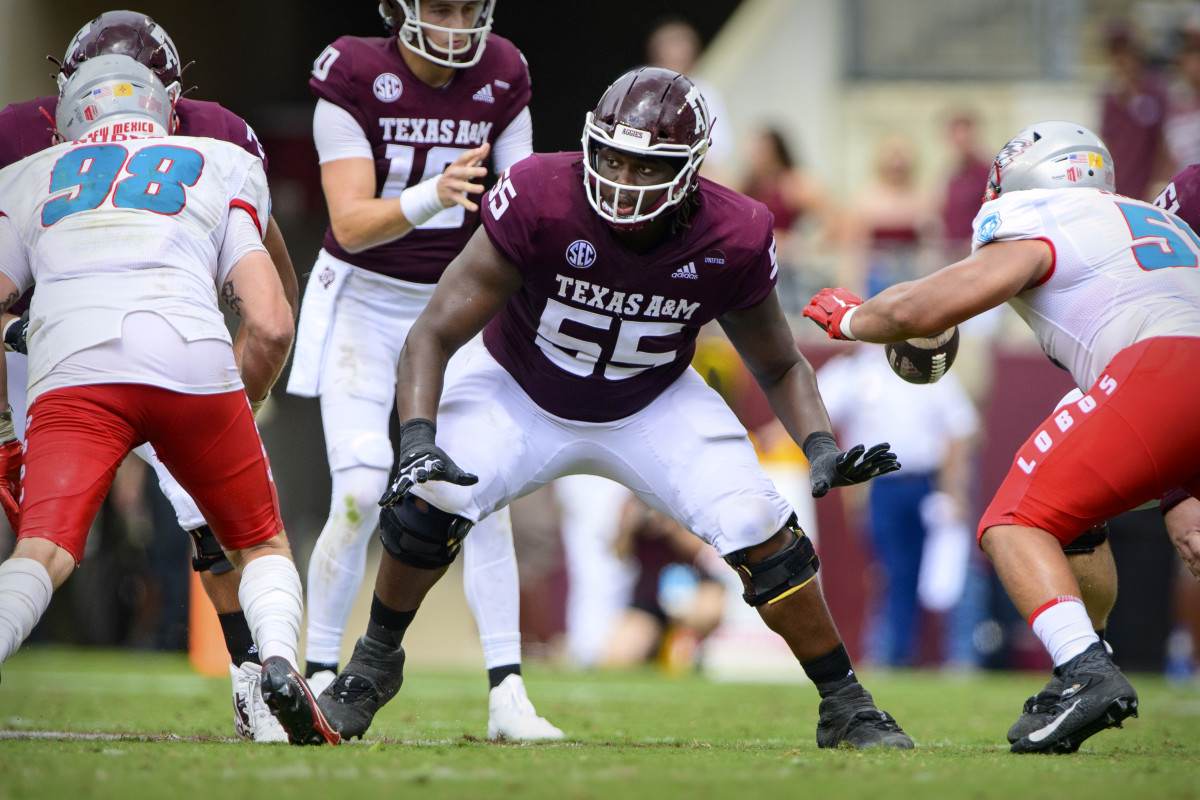
Round 1, No. 15: Texas A&M OL Kenyon Green
Drafting an only guard-type offensive lineman in the top 15 in a steep asking price, but at least the Texans garnered three additional draft picks for moving back two spots. Versatility is Green's specialty, having played four different positions for Jimbo Fisher on the offensive line.
Green graded out by Pro Football Focus as the top interior run blocker in the class. Houston's 3.2 rushing yards per attempt last season was enough of a reason to put an emphasis on fixing the trenches. Green fits the criteria — having started 17 games at left guard and 15 at right guard.
Was it a reach? Perhaps. Does the addition of the three picks — two of which were used to add future starters in trades — strengthen the selection as a whole? Without question.
Grade: B
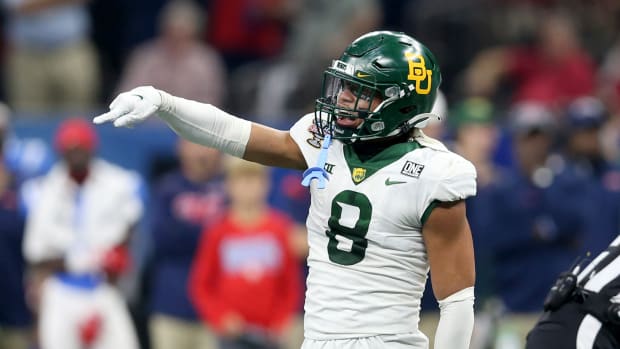
Round 2, No. 37: Baylor S Jalen Pitre
The Texans lost Justin Reid to free agency this offseason and haven't had a do-it-all playmaking safety since Tyrann Mathieu was on the roster in 2017. It's a good thing, Pitre, models his game after the Honey Badger and hopes to become a clone of him in Houston.
A ballplayer through and through, Caserio said Pitre "plays with his hair on fire" because of his ability to fly to the football. He's a "find ball, attack ball" type of defender, having recorded 76 tackles last season — 18 of which were for loss. Pitre also has reps in the nickel, the boundary corner and both safety positions.
Finding a home for him at the next level will be keen, but adding him to a depleted secondary is a move everyone can get behind.
Grade: A
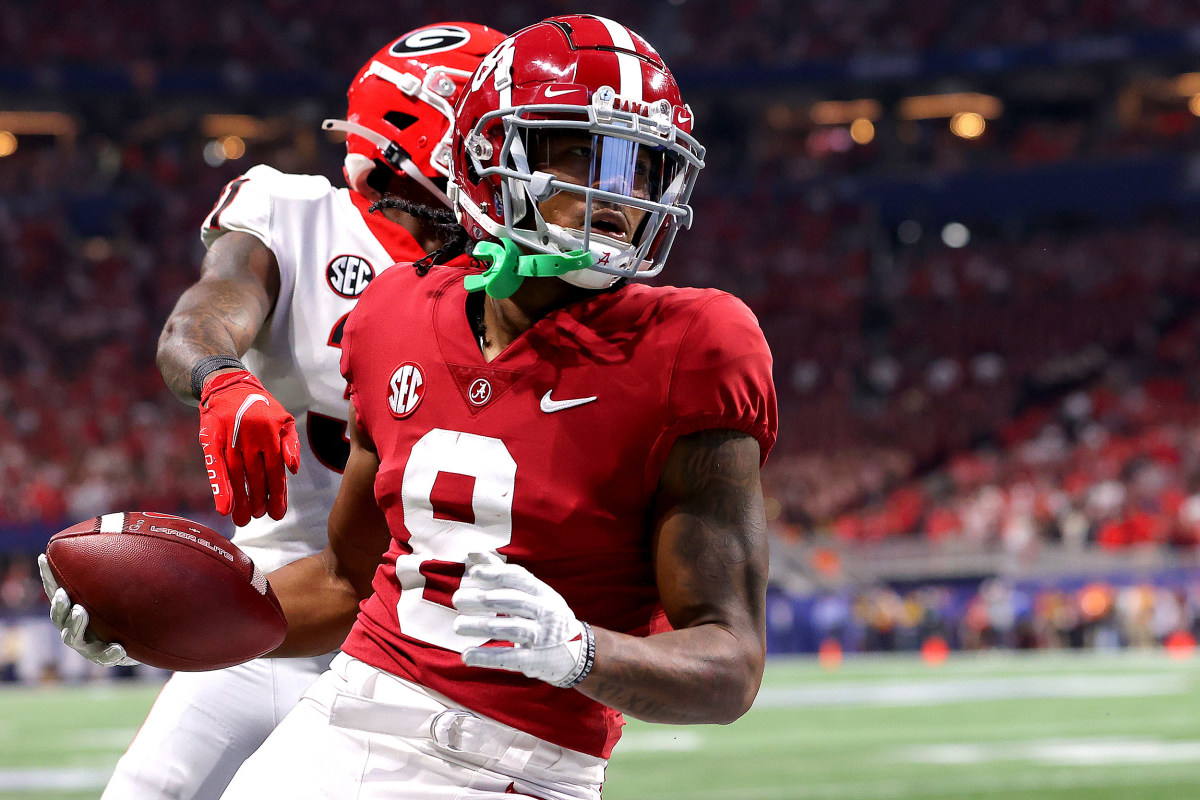
Round 2, No. 44: Alabama WR John Metchie III
Prior to tearing his ACL in the SEC Championship, Metchie was in the conversation of being a first-round prospect. Instead, he lands in Houston with the chance to be a quality No. 2 in the slot or on the boundary.
Metchie wins with technique rather than athleticism. He's a superb route-runner that uses his physical toughness and vision to slip past defenders in the open field for extra yards. From a catch standpoint, few at Alabama were more consistent in the past four years. Metchie tallied 96 receptions prior to the injury and only recorded two drops.
This is a high-volume receiver that can immediately start in the slot when healthy. The question is, when will he be able to take the field?
Grade: B-
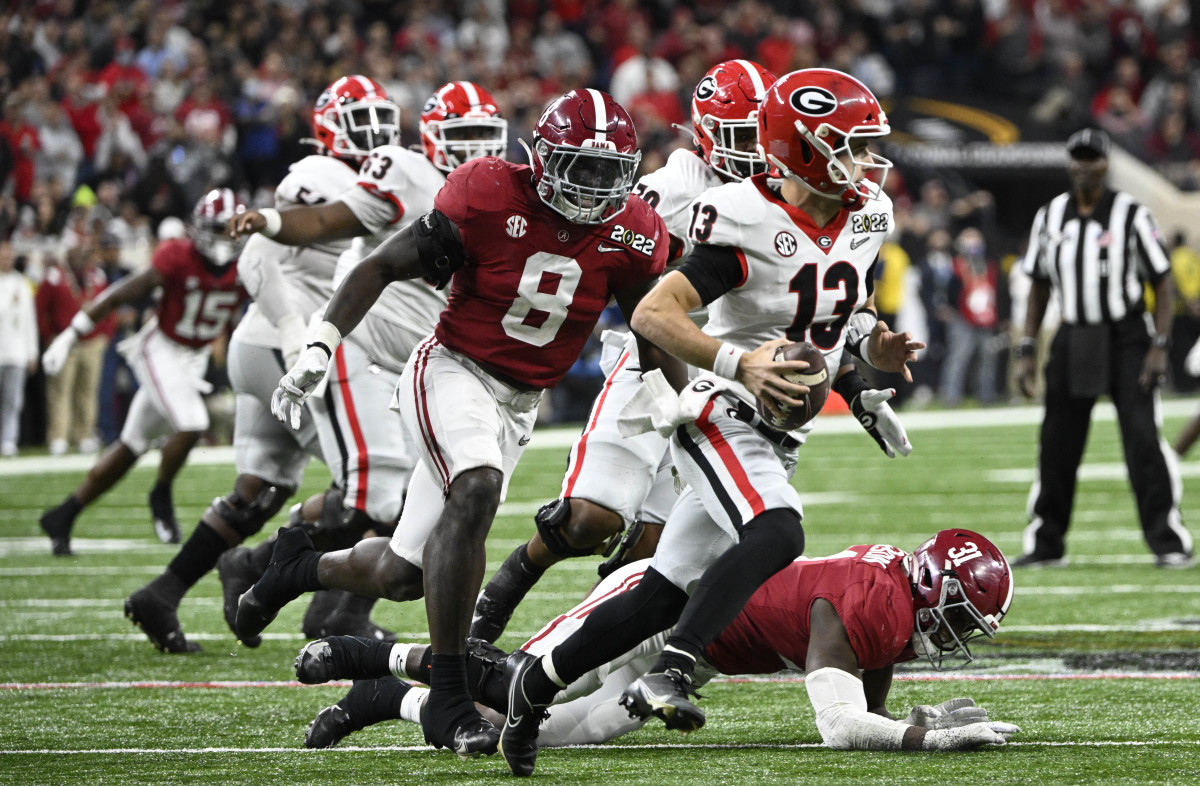
Round 3, No. 75: Alabama LB Christian Harris
Houston is loaded at linebacker, but Harris' potential might make him the best one on the roster the second he steps on the practice field at NRG Stadium. A weak-side linebacker by trade, Harris is going to see reps early because of his knowledge and speed.
Although undersized (6-1, 226), experience in an SEC defense is key. Harris started 40 games in three seasons and finished with at least 65 tackles in each. At the combine, he showed off his athleticism, running a 4.44 40-time and a 1.54 10-yard split.
Harris can do a bit of everything, but he needs to be more polished. Smith, who has worked with two of the greatest linebackers of the century in Lance Briggs and Brian Urlacher, might know how to fix that.
Grade: A +

Round 4, No. 107: Florida RB Daemon Pierce
Houston needed another running back and it found a good one. Pierce was limited to a running by committee approach at Florida, but he made noise when on the field. He's a hard-press runner that uses strength over speed up the middle, averaging 5.5 yards per carry. He also is one of the best pass protectors in the class, using his sturdy lower frame to contain balance against his opponent.
Peirce is a bruiser who told reporters “I don’t like taking hits, I like giving hits.” Quite soon, he could be seeing a bulk of Houston's carries.
Grade: A +
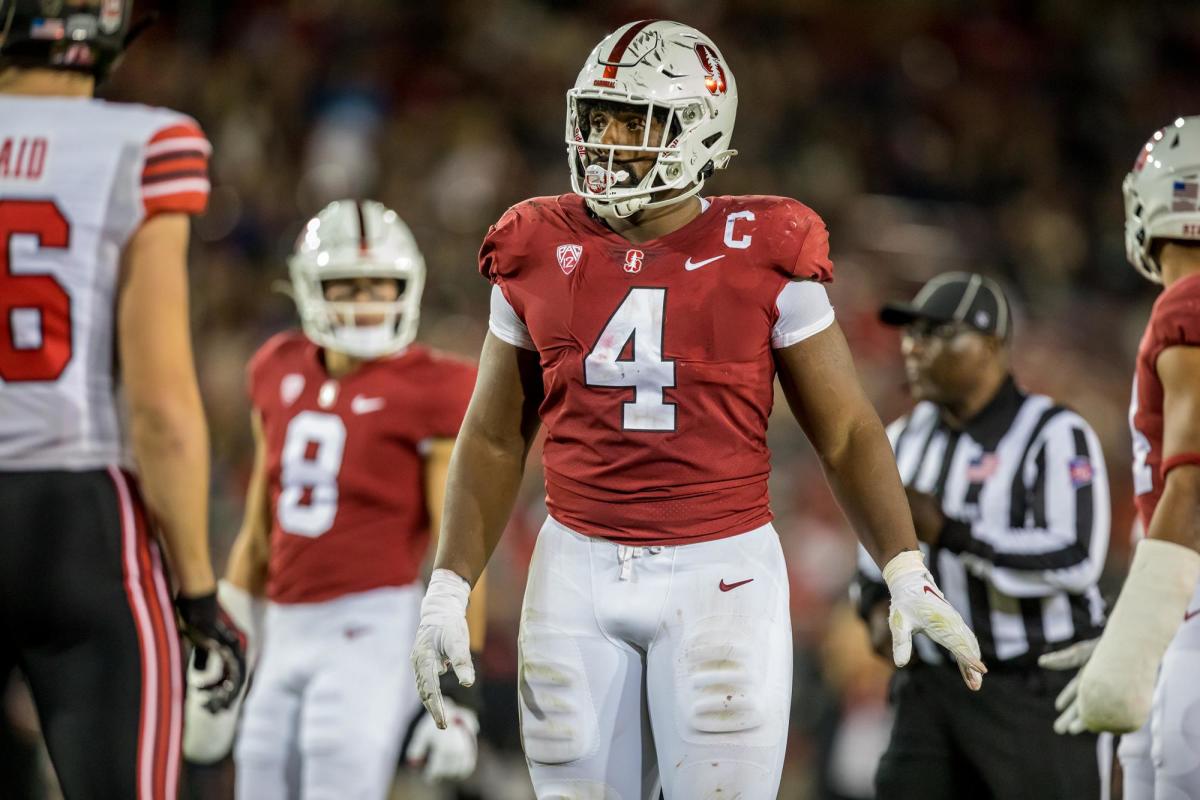
Round 5, No. 150: Stanford DL Thomas Booker
One couldn't tell that Booker was a defensive tackle based on the way he carries his 301-pound frame. Houston won't complain if his bull-rushing speed up the middle translates to the NFL. A highly productive defender for the Cardinal, Booker recorded 20.5 tackles for loss and 9.5 sacks in four seasons at Stanford.
He should be a nice fill-in behind Maliek Collins in Year 1 before perhaps expanding his role next season.
Grade: B +
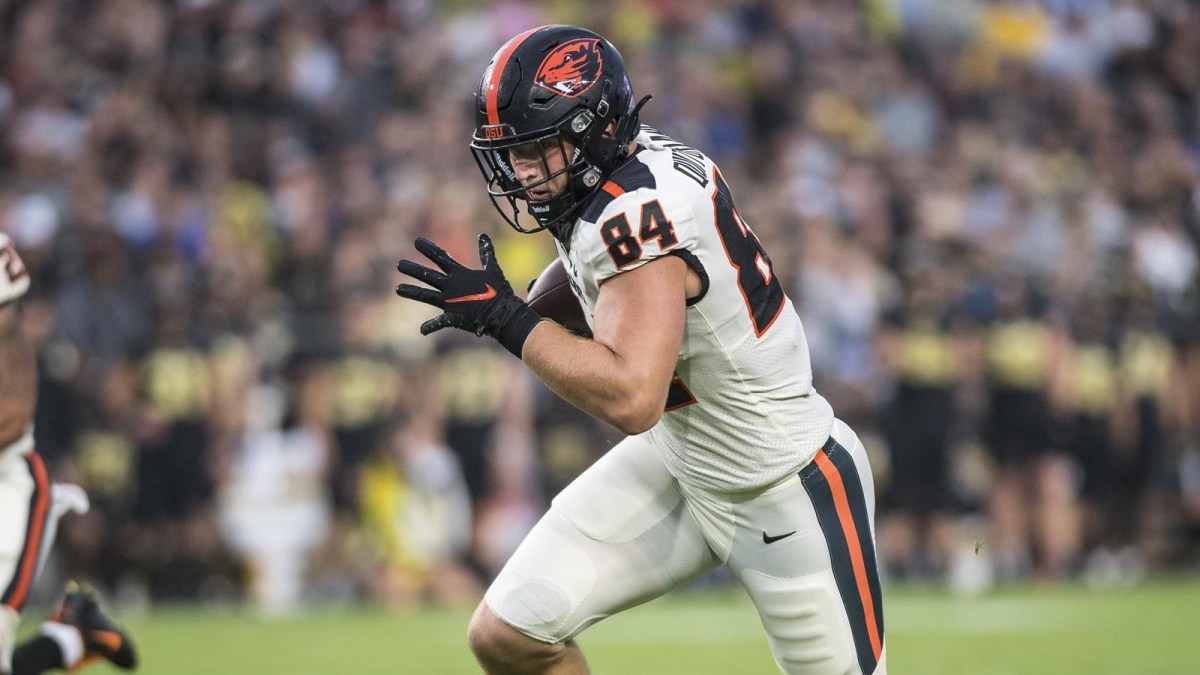
Round 5, No. 170: Oregon State TE Teagan Quitoriano
Brevin Jordan is going to be the team's flex tight end, but Houston needed an in-line blocker. Quitoriano shined for three seasons with the Beavers as a run blocker and possesses excellent footwork to latch onto linebackers and bulldoze upfield.
As a receiver, there's little to go off of. Then again, San Francisco 49ers' George Kittle recorded just 48 catches and 10 touchdowns in his four years at Iowa. Could the Texans have added their own Kittle 2.0?
Grade: B
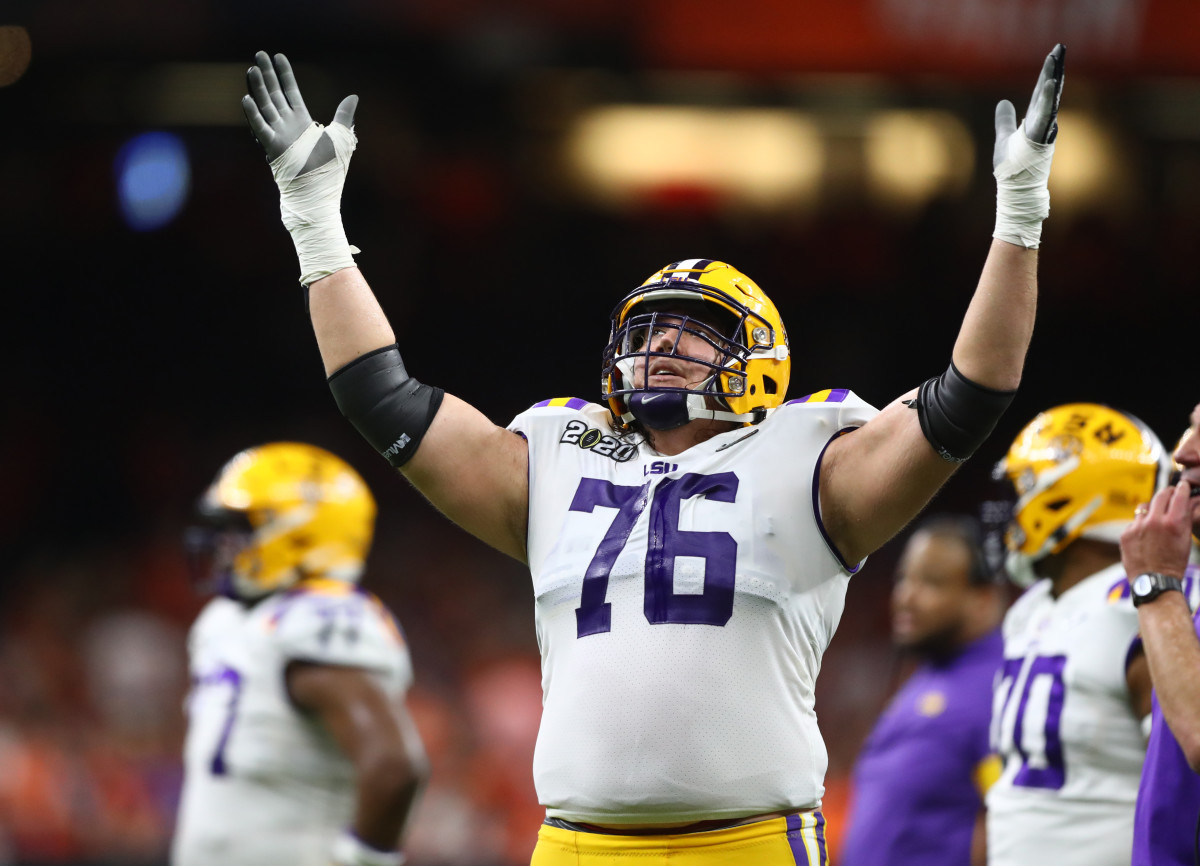
Round 6, No. 205: LSU OL Austin Deculus
Deculus likely is viewed for now as a depth offensive lineman. He has the experience to fight for starting reps, having started in 46 career games at LSU and setting a school record of 60 appearances. Deculus logged over 3,300 career snaps at right tackle, so translating to the pros might come easier than most sixth-rounders.
Although a limited athlete, Deculus checks all the boxes to be a swing tackle with perhaps starting potential in time.
Grade: B
Texans Team Grade
Houston improved to say the least. No, don't expect the franchise to be winning a Super Bowl or even compete for the playoffs, but it did get better in a multitude of spots.
Stingley and Green should be Day 1 starters at cornerback and left guard, respectively. Pitre likely fights for reps at safety and becomes the full-time starter by midseason, as should Harris at one of the linebacker roles. Metchie will work his way into a starting role when healthy and Pierce should expand his rep count week by week.
The duo of Booker and Quitoriano should find niches on both sides of the ball early while Deculus likely fights for reps as the long-term swing tackle. In time, Houston could have eight full-time starters and a high-end backup.
Last draft, it was the same story with five picks. Four are key starters and Garret Wallow is a respected depth linebacker. Not a bad weekend, Caserio.
